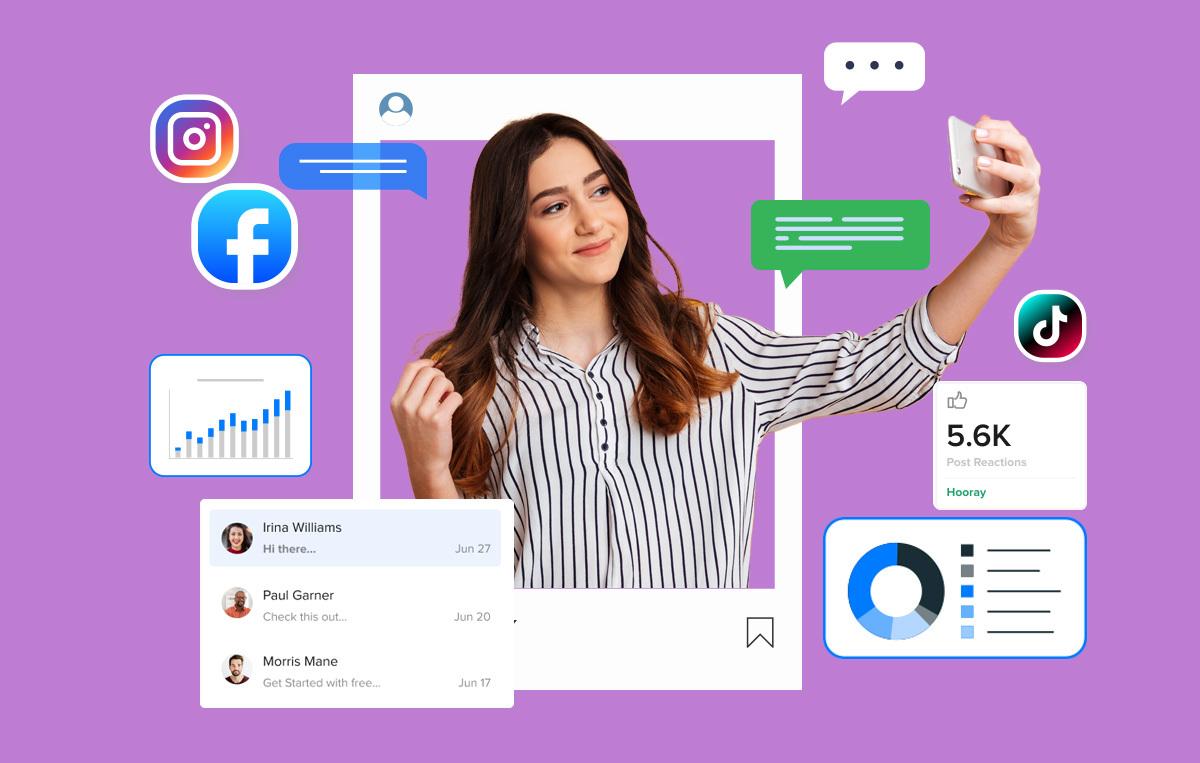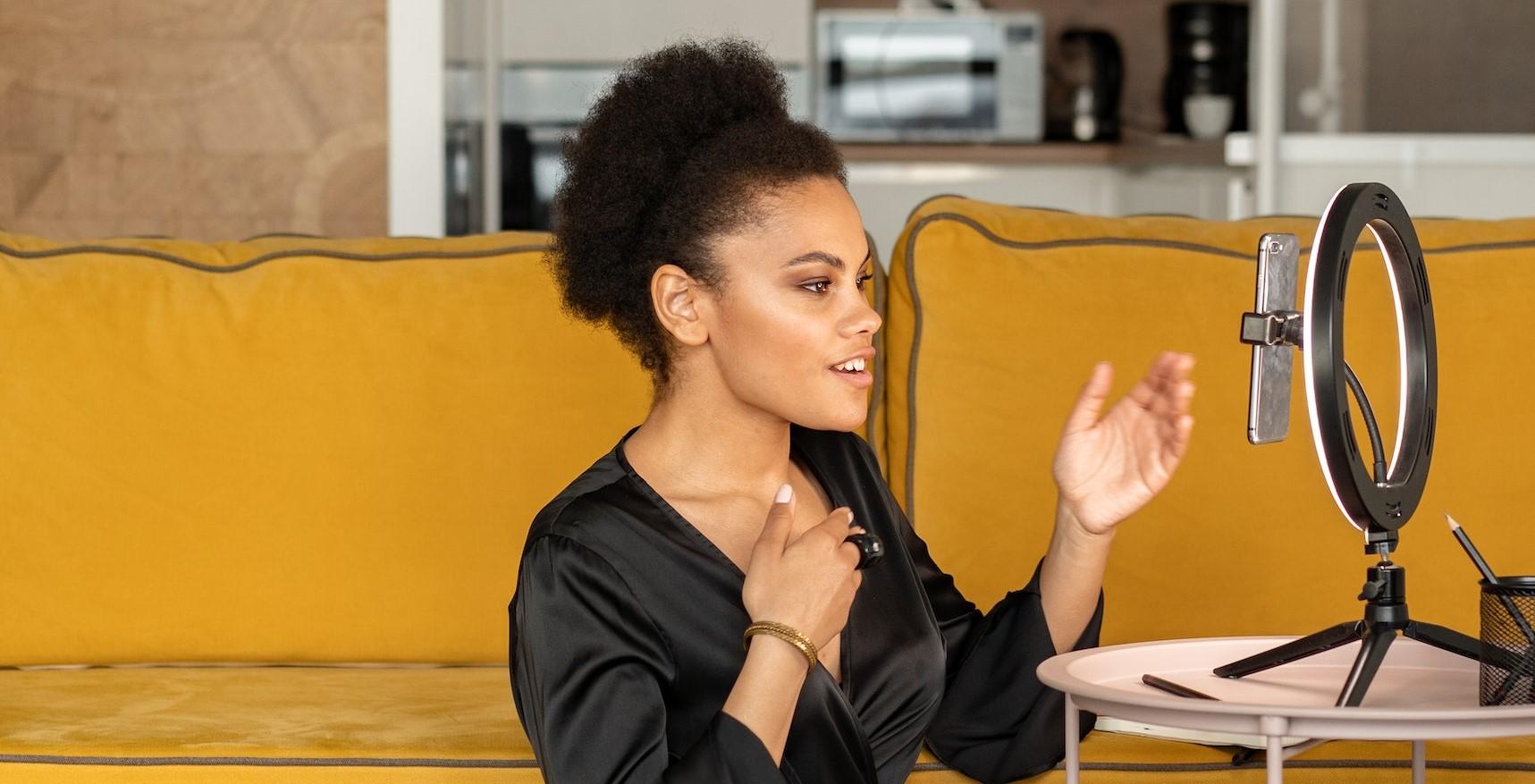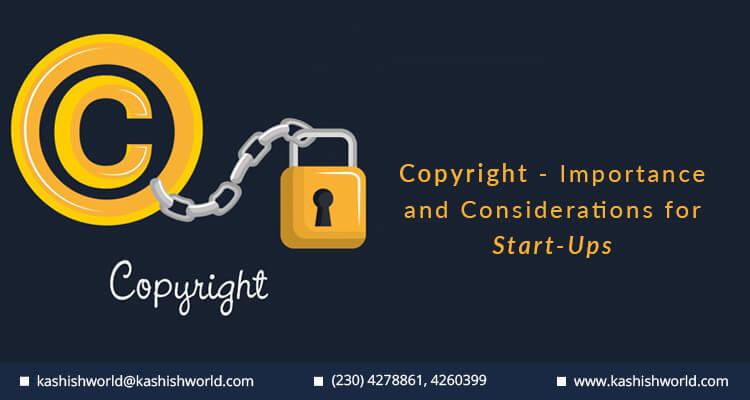
Navigating Legal Waters: Influencer Marketing on YouTube
In the vast digital landscape of YouTube, millions of creators are harnessing their unique voices to connect with audiences around the globe. As this vibrant ecosystem continues to thrive, so too does the phenomenon of influencer marketing—a dynamic interplay between content creators adn brands seeking to capture the attention of diverse viewers. However, as influencers ride the wave of success, they often find themselves navigating complex legal waters that can threaten both their creativity and their careers. From disclosure laws to copyright issues, the intricacies of legal compliance can feel like treacherous terrain. In this article, we will explore the evolving legal landscape surrounding influencer marketing on YouTube, unpacking essential guidelines and common pitfalls, while equipping creators and brands alike with the knowledge to sail smoothly through an increasingly regulated industry. Join us as we chart a course through this brave new world, ensuring that your journey remains both innovative and compliant.
Understanding the Legal Framework: Key Regulations for Influencers on youtube
Influencers on YouTube operate in a complex legal landscape that requires familiarity with various regulations designed to ensure clarity and fair practices in marketing. One of the most critical pieces of legislation is the Federal trade commission (FTC) Guidelines, which mandate that influencers disclose any material connections with brands through clear and conspicuous disclosures. This means informing viewers when a post is sponsored, which can be done through tags such as #ad or #sponsored. Compliance with these guidelines is crucial, as failure to disclose can lead to important penalties and damage to credibility.
Moreover, influencers must also be aware of intellectual property laws, especially concerning the use of copyrighted material such as music, images, or video clips in their content. To avoid copyright infringement, it is essential to obtain permission for any third-party content or rely solely on royalty-free sources. Additionally,platforms like YouTube have their own regulations,including community guidelines that prohibit misleading or harmful content.Navigating these regulations ensures that influencers not only protect their channels legally but also build trust and authenticity, fostering long-term relationships with their audience and brands alike.

transparency and Disclosure: Best Practices for Building Trust with Your Audience
In the realm of influencer marketing on YouTube, transparency plays a vital role in establishing a strong connection with your audience. When creators openly disclose partnerships, sponsorships, and any form of compensation, they foster a sense of authenticity that resonates with viewers. Consider implementing these best practices to enhance transparency:
- Always use clear language when describing sponsored content.
- Include visual indicators, such as hashtags (*#ad* or *#sponsored*), within video descriptions and titles.
- Engage with your audience by addressing their questions or concerns about sponsored content during Q&A sessions.
Additionally,regular disclosures not only comply with legal requirements but also build trust over time. Here are a few strategies that have proven effective in promoting openness:
| Strategy | Description |
|---|---|
| Personal Stories | share your rationale behind collaborating with brands, enhancing relatability. |
| Q&A with Brands | Host joint sessions with the sponsoring brand to answer audience inquiries. |
| Consistent Updates | Regularly inform viewers about ongoing partnerships and their importance. |

Copyright Considerations: Protecting Content while Promoting Products
When engaging in influencer marketing on platforms like YouTube, it is crucial to ensure that all content utilized is appropriately protected under copyright laws. This not only safeguards the creator’s intellectual property but also reinforces the integrity of the promotional effort. Influencers should consider the following key areas of copyright protection:
- original Content Creation: always strive to create unique and original content rather than repurposing others’ work without permission.
- Licensing Agreements: If incorporating music, video clips, or images created by others, secure the necessary licenses to use these materials legally.
- Attribution: Even when legally allowed to use someone else’s work,proper credit should be given to the original creator to uphold ethical standards.
Additionally,ensuring that promotional content complies with the Federal Trade Commission (FTC) guidelines is essential in maintaining transparency with the audience. Misleading claims can lead to legal repercussions and damage to the influencer’s reputation. To facilitate clarity, influencers can create simple disclosures to indicate the nature of partnerships, which may include:
| Disclosure Type | Description |
|---|---|
| #ad | indicates a paid promotion directly sponsored by a brand. |
| Sponsored Content | Indicates that the content has been created in collaboration with a brand. |
| Affiliate link | specifies that the creator may earn a commission on purchases made through provided links. |

Navigating Contracts and agreements: Essential Tips for Influencers and Brands
In the realm of influencer marketing, the details within contracts and agreements can make or break a partnership. Both influencers and brands need to ensure that every aspect of their collaboration is clearly defined to avoid misunderstandings. To streamline this process, consider the following essential tips:
- Define Deliverables: Clearly outline what content is expected, including formats (e.g., videos, posts) and frequency.
- Compensation Structure: Specify how and when influencers will be compensated—whether through cash, products, or affiliate commissions.
- Intellectual Property Rights: Determine who owns the content created and how it can be used post-campaign.
- Usage Rights: Detail how the brand can promote and reuse the influencer’s content, keeping in mind any time limits.
Among the critical components of these agreements is the inclusion of a termination clause, allowing either party to exit the contract under specified circumstances. establishing clear timelines and expectations can alleviate future tensions. Consider the following simple table to visualize key aspects of a solid contract:
| Contract Aspect | Description |
|---|---|
| Duration | Specify the length of the partnership. |
| Confidentiality | Outline any necessary non-disclosure agreements (NDAs). |
| Performance Metrics | Define how success will be measured and reported. |
| Dispute Resolution | Detail the process for resolving disagreements. |
Insights and Conclusions
as we conclude our exploration of the intricate waters of influencer marketing on YouTube, it’s clear that navigating this dynamic landscape requires not only creativity and strategy but also a solid understanding of the legal framework that governs it. From copyright concerns to disclosure obligations,the rules are as fluid as the platforms themselves. As influencers, brands, and marketers continue to innovate, remaining informed and adaptable is essential.The journey may be complex, with unpredictable currents, but by arming yourself with legal knowledge and best practices, you can ensure that your voyage through the influencer marketing sea is both accomplished and compliant. So, as you set sail on your next campaign, keep your compass calibrated and your sails trim—after all, the waters are rife with opportunity for those who steer wisely.